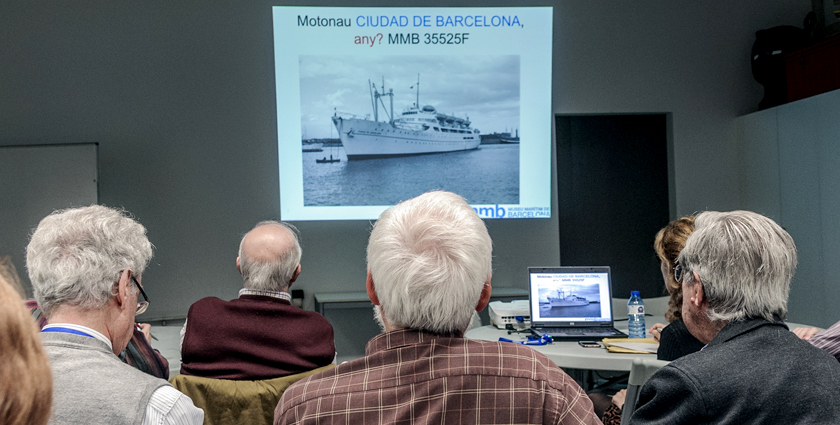
The social impact of museums
29 November 15:00 - 18:40 h (online)
30 November 9:00 - 14:30 h (MACBA Auditorium)
As John Falk says in his latest book The Value of Museums, museums are perceived as “nice but not necessary”, that is to say, pleasant but not essential. It follows from his words that museums need to explain the benefits they provide, not only through their traditional canonical functions (acquiring, preserving, documenting, researching, exhibiting, etc.), but also through the positive impacts they contribute to society. The recent redefinition of museum by ICOM reflects this trend that has been growing in recent years.
This conference is dedicated to the impact of museums and, more specifically, to their social impact. The interest in dedicating this year's conference to impact and the tools to measure it lies fundamentally in the fact that the Observatory of Audiences of Cultural Heritage of Catalonia (OPPCC), commissioned by the Museum Services of the Catalan Government's Department of Cultural Heritage, has launched the test phase of the Social Barometer of Museums (BSM), specifically the quantitative analysis test phase.
The BSM was designed by Margarida Loran between 2018 and 2020 with the participation of 6 museums that collaborated in the definition of the 36 indicators that make up the quantitative approach. The BSM project also has a qualitative phase, which is to yet be methodologically defined, to evaluate the impact of specific cases.
The quantitative phase is based on an essentially self-evaluative methodology, as the museums provide data on the resources they have, the activities they develop and the results they obtain from the various projects they have implemented in different areas.
As Álvaro Fierro presents in his work La evaluación y el impacto, the possible objectives and benefits of evaluating impact include: Verifying, ensuring and improving the quality of activities carried out. Learning for the future. Helping future decision-making. Accountability, arguing the benefits of museums before public and private. administrations that provide funding
The conference is divided into two parts:
- The first part, online, is dedicated to the presentation of various international models on the impact of museums and its measurement. The purpose is to present different models that will help us assess any alternatives to improve the BSM as it is currently defined and to design and plan the qualitative phase.
- The second part, face-to-face, will be dedicated to the presentation of BSM 2021 results, with the participation of professionals from the 12 museums involved in the test phase, who will share some of the projects developed by their organizations.
Knowing the social impact of museums not only serves as an advocacy tool, that is, to explain, systematically and globally, the social benefits generated by museums (which is one of the central objectives of the BSM) but must also serve to help and support museums so that they have the tools necessary to measure and evaluate their impact on the communities and territories in which they operate. This evaluation could be the basis for discovering the social effectiveness and efficiency of their projects and as a support tool for the continuous review of their planning and the allocation of the resources they dedicate to the various projects they develop.
©Barcelona Maritime Museum. Photo: Pere de Prada.
- Gassó, M; Laporte,A.- Presentation of the Online Conference (CAT, ENG)
- Hamari, P.- MOI Museums of Impact (CAT, ENG)
- Porter, G; Barnett, M.- The Happy Museum (CAT, ENG)
- Mileham, M.- MOMSI Measurement of Museum Social Impact. (CAT, ENG)
- Crespo, I.- Europeana Impact Playbook. (CAT, ENG)
- Vicente, E; Bosch, J.- Presentation (CAT, ESP)
- Blasco, S; Laporte, A; The Social Barometer of Museums. (CAT, ESP)
- Garcia, C; Castellana, D; Cruset, G.- Promote active citizenship and partnerships in the preservation of heritage and memory (CAT, ESP)
- Clusellas, C; Fuertes, E; Comas, C.- Increase the participation of underrepresented groups, to reduce inequalities in cultural participation(CAT, ESP)
- del Valle, C; Soldevila, Teresa; Tura, J.- Strengthen civic and territorial connections; generate knowledge and stimulate public debate. (CAT, ESP)
- Carbó, G; Ubero, L; Maluquer, A.- To contribute to the Sustainable Development Goals of the United Nations (CAT, ESP)
- Garriga, N.- Closing of the Conference (CAT, ESP)
 CONTACT
CONTACT